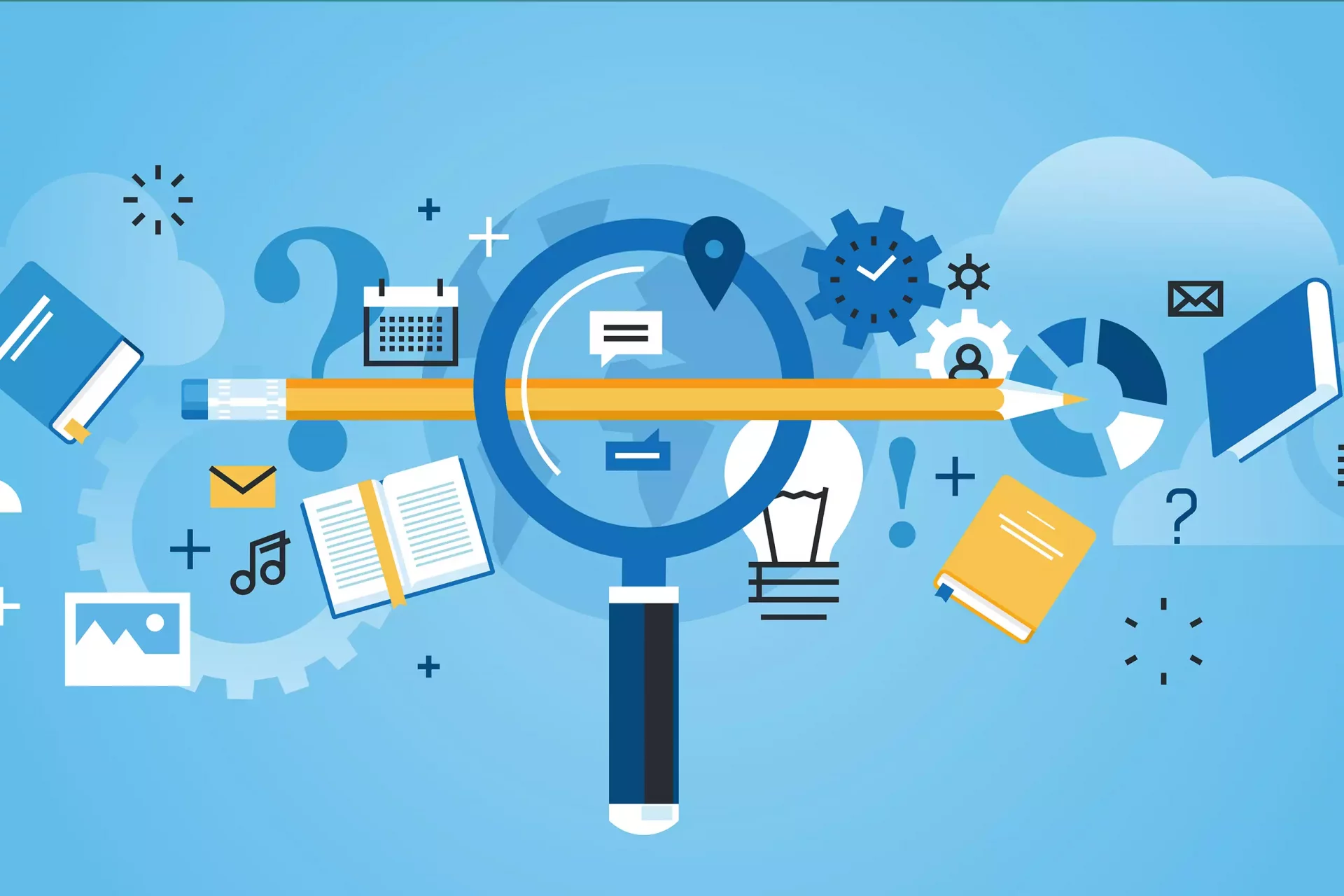Understanding Digital Ownership in the Web3 Era
As the internet evolves from Web2 to Web3, an essential component of this new landscape is the concept of digital ownership. In Web3, the term commonly used to describe digital ownership is “digital assets”. This encompasses various types of ownership, including cryptocurrencies, non-fungible tokens (NFTs), and digital files secured on blockchain technology.
The Significance of Digital Assets
Digital assets are crucial in redefining how ownership is perceived in the digital realm. Unlike traditional assets that can be controlled and owned through intermediaries, digital assets offer a decentralized approach, giving users complete control.
- Decentralization: Ownership is spread across a network of computers, reducing the risk of centralized control.
- Transparency: Blockchain technology provides clear and immutable records of ownership and transaction history.
- Interoperability: Digital assets can be designed to work across various platforms and applications.
How Digital Assets Work in Web3
In the Web3 framework, digital assets are represented through unique identifiers on a blockchain. Each asset can be tracked, traded, and verified without relying on a central authority. This setup enables robust security features that help prevent fraud and unauthorized access.
Examples of Digital Assets
The most notable examples of digital assets include:
- Cryptocurrencies: Assets like Bitcoin and Ethereum are the cornerstones of the digital asset sphere, providing value and methods for transactions.
- Non-Fungible Tokens (NFTs): These unique digital tokens are used to represent ownership of digital art, collectibles, and even virtual real estate.
- Tokenized Assets: Real-world assets, such as real estate or art, can be tokenized, allowing for fractional ownership and easy transfer.
Case Studies and Success Stories
Several pioneering platforms have embraced the idea of digital ownership through different digital assets in Web3.
- CryptoKitties: A blockchain-based game where players can buy, sell, and breed digital cats. Each cat is a unique NFT, illustrating how digital ownership extends beyond traditional assets.
- Decentraland: A virtual reality platform where users can buy and sell plots of land as NFTs. This innovative approach enables users to build and monetize their virtual real estate.
- NBA Top Shot: A platform that allows fans to buy, sell, and trade officially licensed NBA collectible highlights in the form of NFTs, showcasing the potential of digital ownership in sports memorabilia.
Statistics on Digital Ownership and Web3
The growth of digital assets in Web3 is staggering:
- As of 2023, the total market capitalization of cryptocurrencies exceeds $1 trillion, with thousands of different coins and tokens available.
- The NFT market grew to over $41 billion in 2021, signifying its massive potential and adoption.
- According to reports, over 5 million wallets held NFTs by early 2022, highlighting the increasing interest in digital ownership.
The Future of Digital Ownership in Web3
As Web3 continues to develop, we can expect digital ownership to expand across various sectors. The rise of decentralized finance (DeFi), smart contracts, and other blockchain-enabled innovations will enhance the possibilities for digital assets.
Moreover, organizations are beginning to recognize the importance of digital ownership in engaging with consumers. Brands are exploring ways to incorporate NFTs for marketing, rewards, and exclusive access, fundamentally changing the relationship between consumers and corporations.
Conclusion
In conclusion, the term for digital ownership in Web3 is encapsulated within the concept of digital assets. As we continue to innovate and explore possibilities within this space, understanding the importance of digital ownership is vital, paving the way for a decentralized and more equitable internet.





